✓ Joining us on our Whatsapp Channel: 💬 Explore and Escape!.
Booking through us:
✓ 🏩 🛌 Handpicked Luxury Stays in Budget: Booking.com | Agoda.com
✓ 🍹⛱️ Deals on Private xfers, SIM Cards, City tours, Day trips : 📍🗺️ GetYourGuide | 🛵🧳 Klook
If you have done the things to do in Spain, you’d know there are quite a few of them here in Melilla.
Melilla, a jewel of the Mediterranean, beckons visitors with its enchanting blend of cultures, flavors, and sights.
From the sun-kissed beaches and winding lanes of the old town to the lively souks and bustling port, this North African city offers a cornucopia of experiences for all tastes and ages.
Whether you crave history, adventure, relaxation, or gastronomy, Melilla promises to leave an indelible mark on your heart and soul.
So grab your map and get ready to explore the treasures of this vibrant city!
Without further ado listed below are some of the most fun things to do in Melilla:
1. Melilla Old Town

Melilla Old Town is a historic walled city located in the North African enclave of Melilla, Spain.
What to see or do: Walk along the narrow streets of the old town, visit the beautiful churches and mosques, and admire the stunning architecture of the buildings.
Don’t miss: The Plaza de España, which is surrounded by charming cafes and restaurants, and has a picturesque fountain at its center.
Insider travel tips: Be prepared for steep hills and steps, wear comfortable shoes, and carry plenty of water. Try the local mint tea and pastries at one of the old town’s traditional cafes.
2. La Encarnación Fortress

La Encarnación Fortress is a historic military fortification located in the Spanish exclave city of Melilla, situated on the north coast of Africa.
What to see or do: Visitors can explore the fortress and its various architectural elements, which reflect a combination of European and North African styles. The fortification includes a parade ground, bastions, ramparts, tunnels, and a central courtyard.
The fortress also houses several museums and exhibition spaces.
Don’t miss: Be sure to check out the impressive view of the Mediterranean Sea from the ramparts.
Insider travel tips: The fortress is conveniently located near several other historic landmarks and attractions, including the Melilla Cathedral and the Church of La Purísima.
3. Parque Hernández
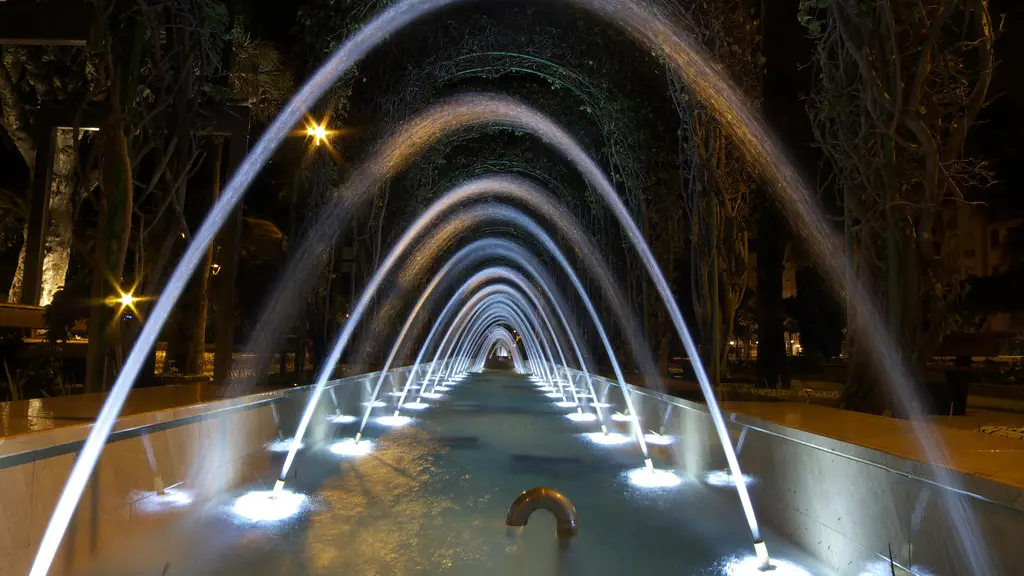
A large public park in the city of Melilla, Spain.
What to see or do: Take a leisurely stroll through the lush greenery, have a picnic with family or friends, play sports or games, or simply relax and enjoy the peaceful atmosphere.
Don’t miss: The beautiful lake in the center of the park, perfect for boating or watching the ducks and swans. Also, check out the impressive statue of a bullfighter located near the entrance.
Insider travel tips: Visit early in the morning or late afternoon to avoid the crowds and enjoy a cooler temperature. Bring sunscreen and plenty of water during the summer months.
4. The High City
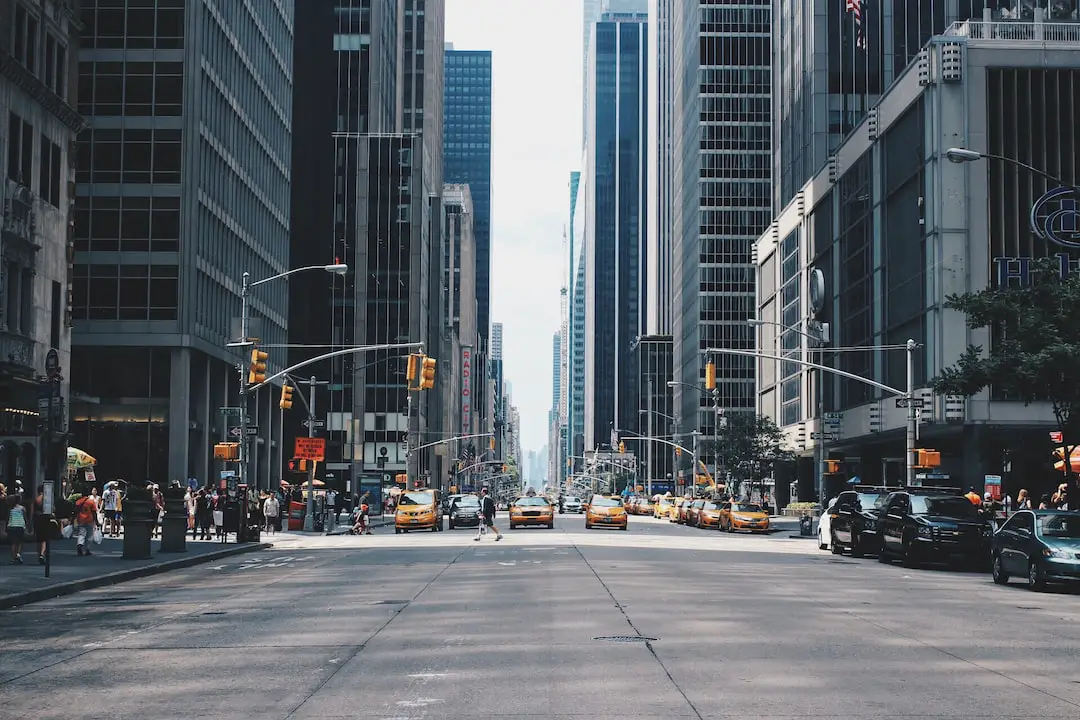
A fortress city located in North Africa on the coast of the Mediterranean Sea, Melilla is a semi-autonomous Spanish territory.
What to see or do: Melilla’s most prominent attraction is the High City, which is surrounded by walls and fortifications built by the Spaniards between the 16th and 18th centuries.
Here, visitors can wander through the narrow, labyrinthine streets of the old town and admire the impressive architecture, including the beautiful modernist buildings.
Don’t miss: The main square of the High City, Plaza de España, is a stunning spot and the heart of the old town.
It features a grand fountain and is surrounded by cafes where visitors can relax and watch the world go by.
Insider travel tips: For the best experience, we recommend visiting the High City early in the morning to avoid the crowds and the heat of the day.
Additionally, make sure to wear comfortable shoes as the streets are steep and uneven in some places.
5. Puerto Noray

Puerto Noray is a charming marina located in the city of Melilla, a Spanish enclave in North Africa.
What to see or do: – Wander around the marina and admire the yachts and boats.
Don’t miss: – The sunset views from the marina. Puerto Noray offers stunning vistas of the sun setting over the sea, with the Melilla skyline in the background.
Insider travel tips: – If you are planning to sail or take a boat tour, book in advance to secure your spot.
6. The Statue of Francisco Franco
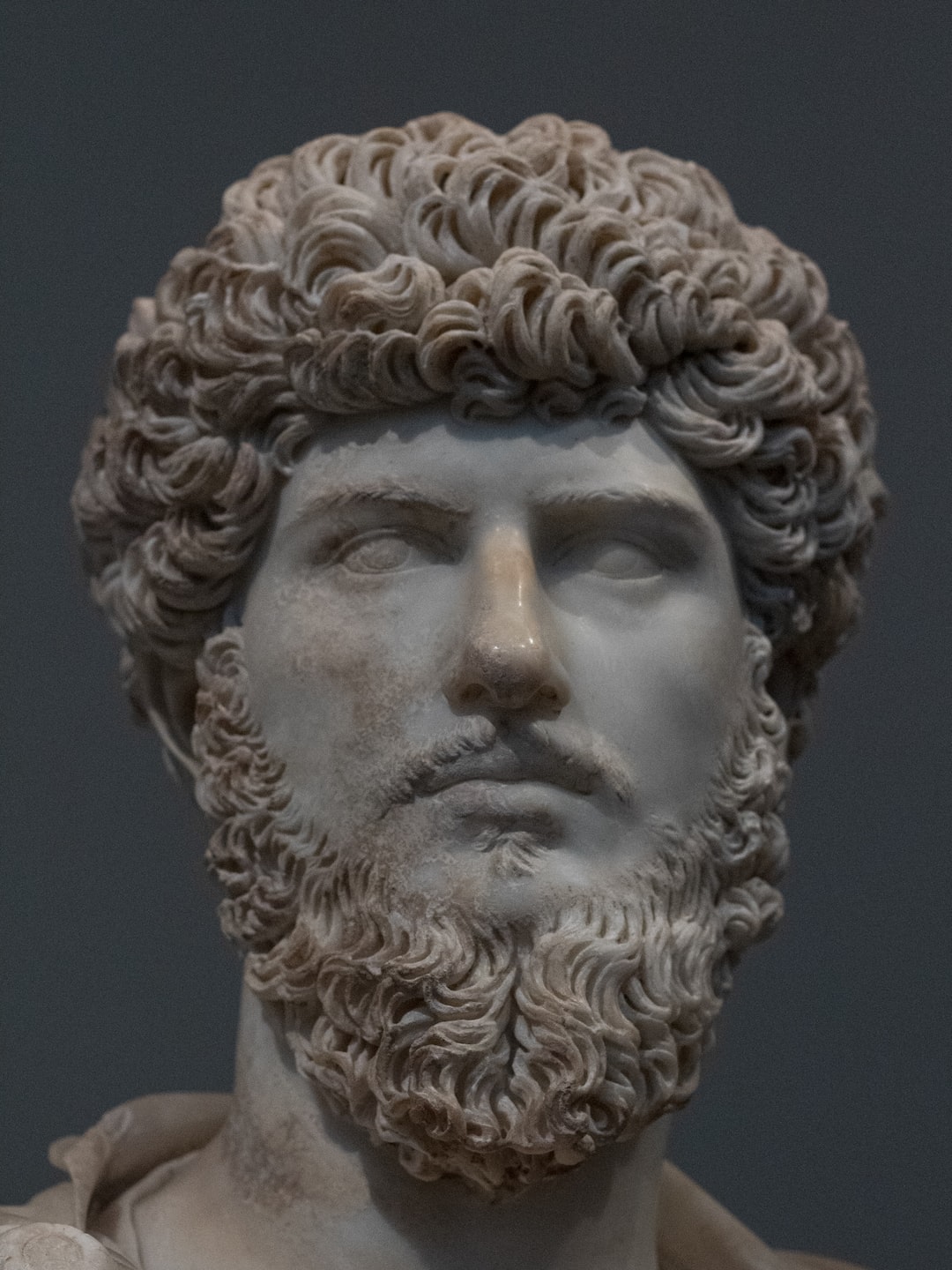
A controversial bronze statue of Spanish dictator Francisco Franco.
What to see or do: Admire the imposing statue that stands 10 meters high and weighs over 3000 kg.
Don’t miss: The striking contrast between the bronze statue and the surrounding modern architecture of Melilla.
Insider travel tips: It’s important to note that Franco’s regime is a sensitive topic in Spain, and there are ongoing debates about whether such statues should remain standing.
As a tourist, it’s important to be respectful of local opinions and attitudes towards the statue.
7. The Church of La Purísima
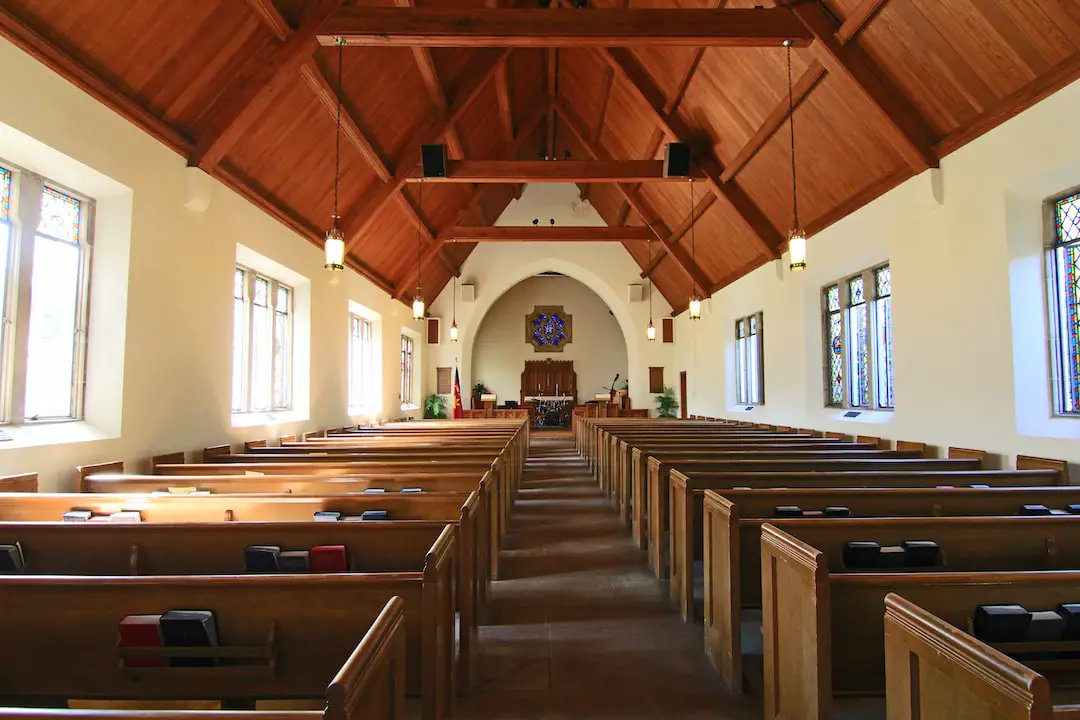
A Catholic church located in the city of Melilla, an autonomous Spanish city on the North African coast.
What to see or do: Admire the beautiful façade with its neoclassical columns and the ornate interior with decorative details and stained glass windows. Attend a mass or other religious service.
Don’t miss: The statue of La Purísima that gives the church its name, which is a prominent feature inside the church.
Insider travel tips: Dress modestly when visiting the church, and be respectful of any religious ceremonies taking place. Take time to explore the surrounding area, including the historic old town and nearby beaches.
8. Monte Lourido
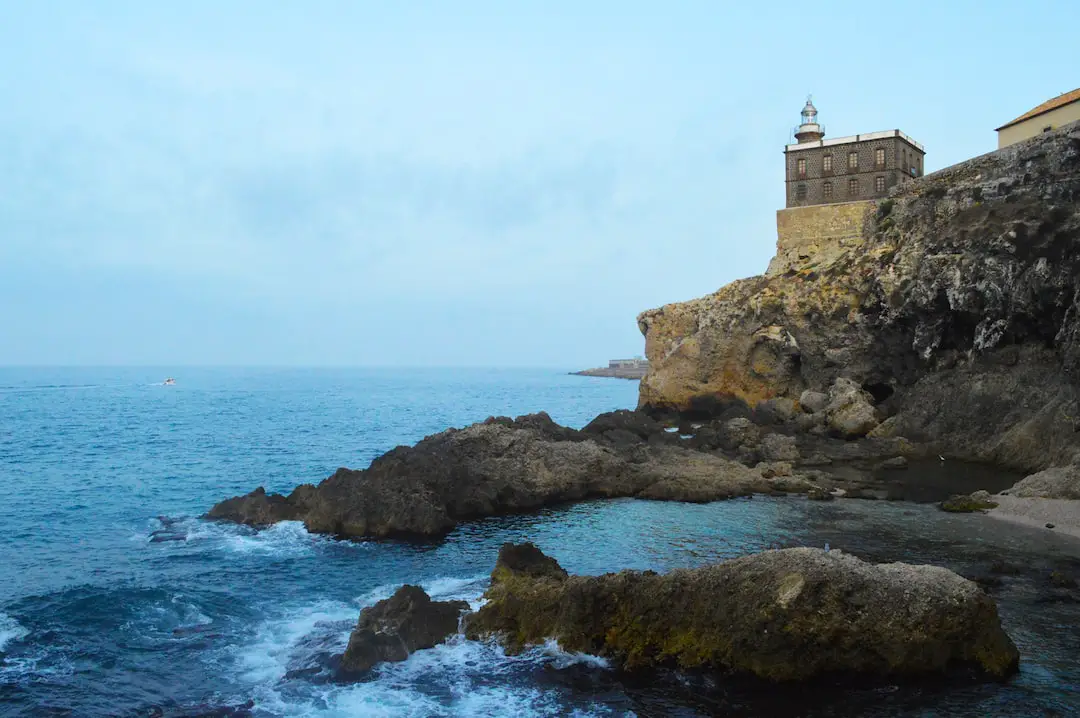
Monte Lourido is a mountain located in the city of Melilla, Spain.
What to see or do: Visit the Sanctuary of Our Lady of Victory located at the top of the mountain. Enjoy the stunning panoramic views of the city and the Mediterranean Sea.
Hike the trails around the mountain and explore the flora and fauna of the area.
Don’t miss: The annual pilgrimage to the Sanctuary of Our Lady of Victory on the first Sunday of September. The traditional procession starts in the afternoon and attracts thousands of visitors.
Insider travel tips: Bring comfortable shoes and plenty of water for the hike. The trail can be steep, but the views are worth it.
Don’t forget your camera to capture the breathtaking scenery.
9. The Archaeological Museum
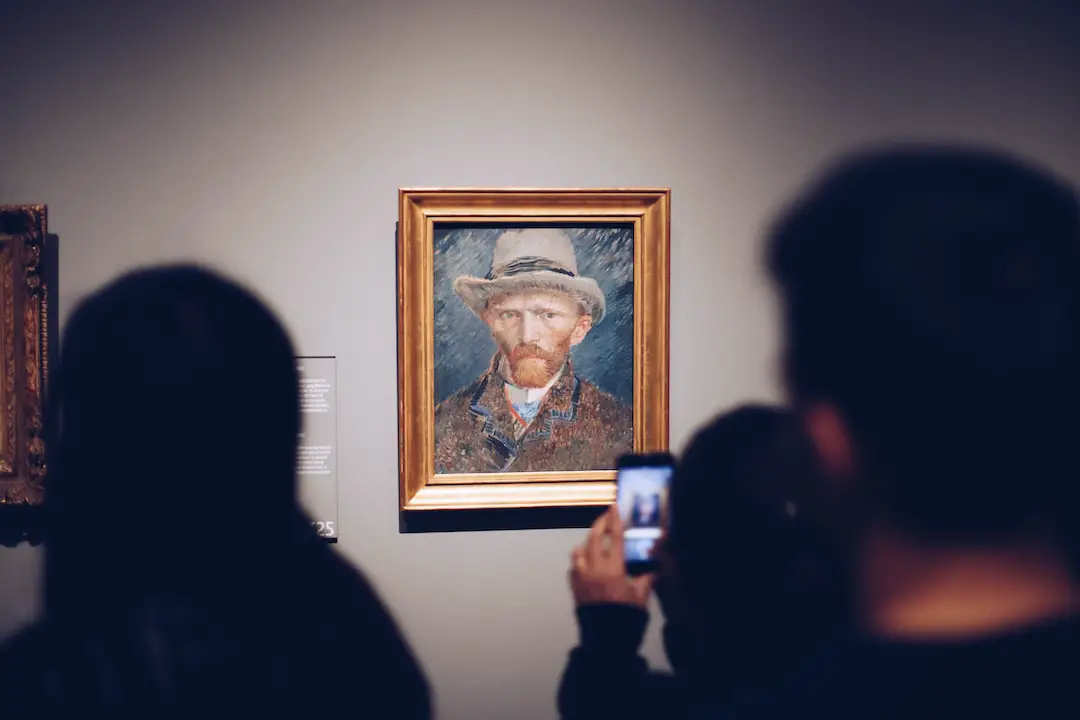
The Archaeological Museum is a fascinating museum that houses a remarkable collection of artifacts unearthed from the archaeological sites across Melilla.
What to see or do: Visitors can browse through the various exhibits and take a trip back in time to discover the rich and diverse history of the Melilla region.
Don’t miss: The main highlights of the museum include the collection of Roman mosaics, Visigothic pieces, and prehistoric artifacts.
Insider travel tips: The museum is located in the Plaza Menéndez Pelayo, which is just a short walk away from the city center.
10. Melilla City Hall
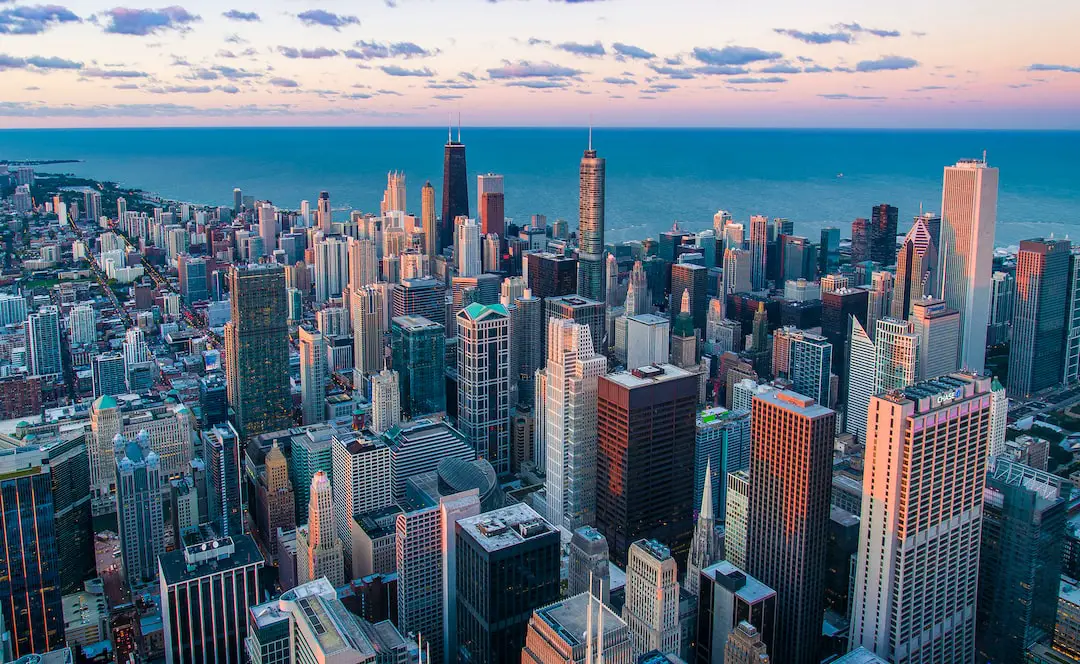
Melilla City Hall is the seat of local government in the Spanish autonomous city of Melilla, located on the north coast of Africa.
What to see or do: Visitors can admire the beautiful neoclassical architecture of the building and take a guided tour to learn about the history and role of the City Hall in Melilla’s governance.
Don’t miss: The impressive façade of the building, with its grand columns and intricate carvings, is a must-see for architecture enthusiasts.
Insider travel tips: The City Hall offers free guided tours in Spanish and English, but bookings must be made in advance. Also, visitors should be respectful of the official business taking place in the building and dress appropriately.
11. The Port of Melilla

The Port of Melilla is a major seaport located in the autonomous city of Melilla, Spain, on the northern coast of Africa.
What to see or do: The port offers fascinating views of the Mediterranean Sea and the coastline of Melilla. Visitors can take a stroll along the boardwalk and enjoy the lively atmosphere of the port.
Don’t miss: One of the main attractions of the Port of Melilla is the Plaza de España, a beautiful square located near the port.
It offers stunning views of the sea and the city, and is a great place to relax and soak up the local culture.
Insider travel tips: If you’re visiting the Port of Melilla, be sure to check out the local fish markets, which offer a variety of fresh seafood.
You can also take a ferry from the port to the nearby cities of Almeria and Malaga on mainland Spain. Make sure to arrive early if you’re planning to travel by ferry, as lines can get quite long.
12. Teatro Kursaal

Teatro Kursaal is a historic theater in the city of Melilla, located on the northeastern coast of Morocco.
What to see or do: The theater is a must-visit for culture enthusiasts who enjoy performing arts, music, and theater.
Don’t miss: Make sure to catch a performance at the beautiful and ornately decorated theater.
Insider travel tips: Check the theater’s schedule in advance and book your ticket early.
13. Military Museum of Melilla

The Military Museum of Melilla is a museum dedicated to showcasing the military history of the North African city of Melilla.
What to see or do: Visitors to the Military Museum of Melilla can explore a wide variety of military artifacts from different periods of the city’s history.
Exhibits include antique weapons, military uniforms, photographs, and other items from the 15th century to the present day.
Don’t miss: One of the museum’s most impressive areas is the section dedicated to the military history of the Spanish Foreign Legion.
Here, visitors can see a recreation of a Foreign Legion encampment, complete with weapons, maps, and authentic uniforms from different historical periods.
Insider travel tips: The museum is closed on Mondays, so plan your visit accordingly.
14. The Central Mosque of Melilla
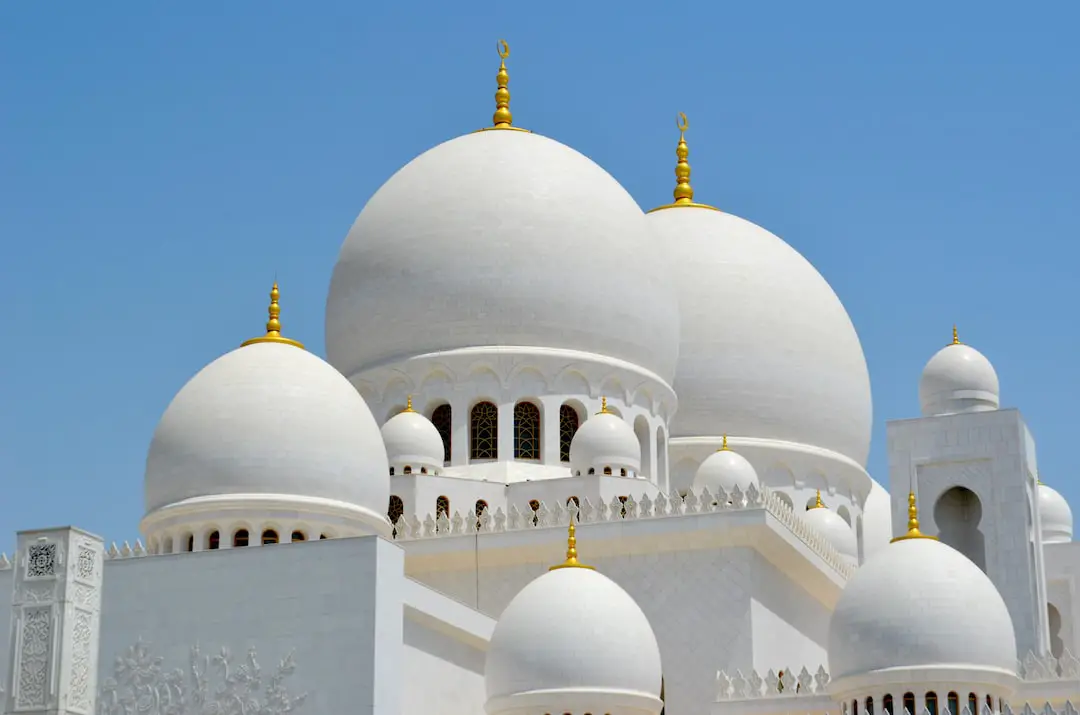
The Central Mosque of Melilla is a magnificent mosque located in the Spanish Autonomous City of Melilla, which is located in North Africa.
It is the largest mosque in Melilla and one of the largest in Spain.
What to see or do: The mosque features a grand prayer hall with beautiful marble columns and intricate decorations.
Visitors can also see the elegant minaret towering high above the city and enjoy the peaceful courtyard, surrounded by gardens and fountains.
Don’t miss: Do not miss the opportunity to attend the Friday prayers, which is the main worship service held at the mosque. The mosque also hosts several religious and cultural events throughout the year.
Insider travel tips: – Visitors are required to dress modestly and remove their shoes before entering the mosque.
15. The Melilla-San Lorenzo Monument
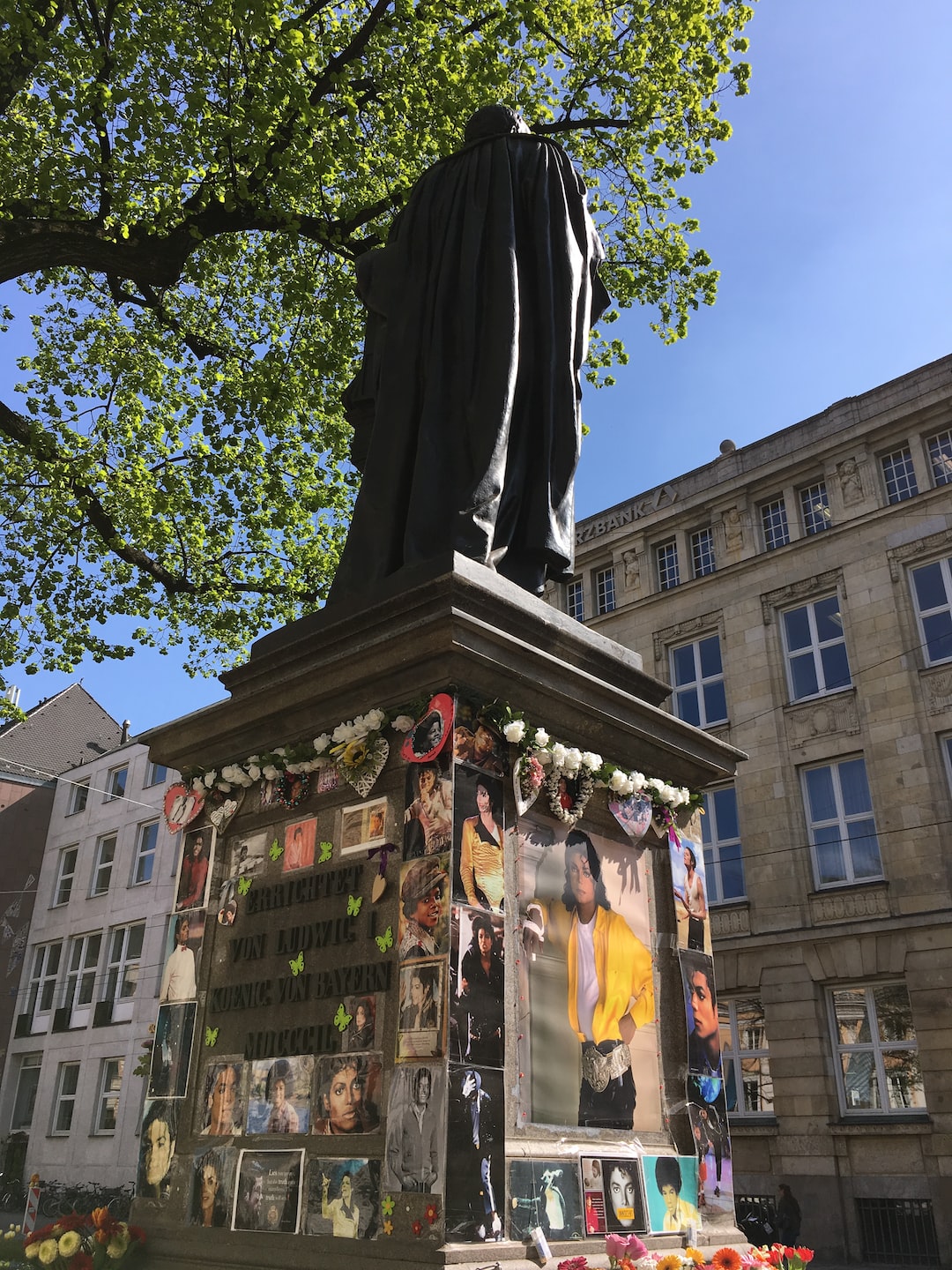
A historical monument located in Melilla, a Spanish autonomous city on the northwest coast of Africa.
What to see or do: Visitors can admire the impressive statue of the Sacred Heart of Jesus, which stands at 7.5 meters tall and is made of bronze.
The monument also features a beautiful garden and several smaller statues.
Don’t miss: Be sure to take in the stunning view of the Mediterranean Sea from the highest point of the monument.
Insider travel tips: The best time to visit is during the evening, when the monument is illuminated and offers a truly majestic sight.
Additionally, visitors should keep in mind that the monument is located in a residential area, so it’s important to be respectful of the local community.